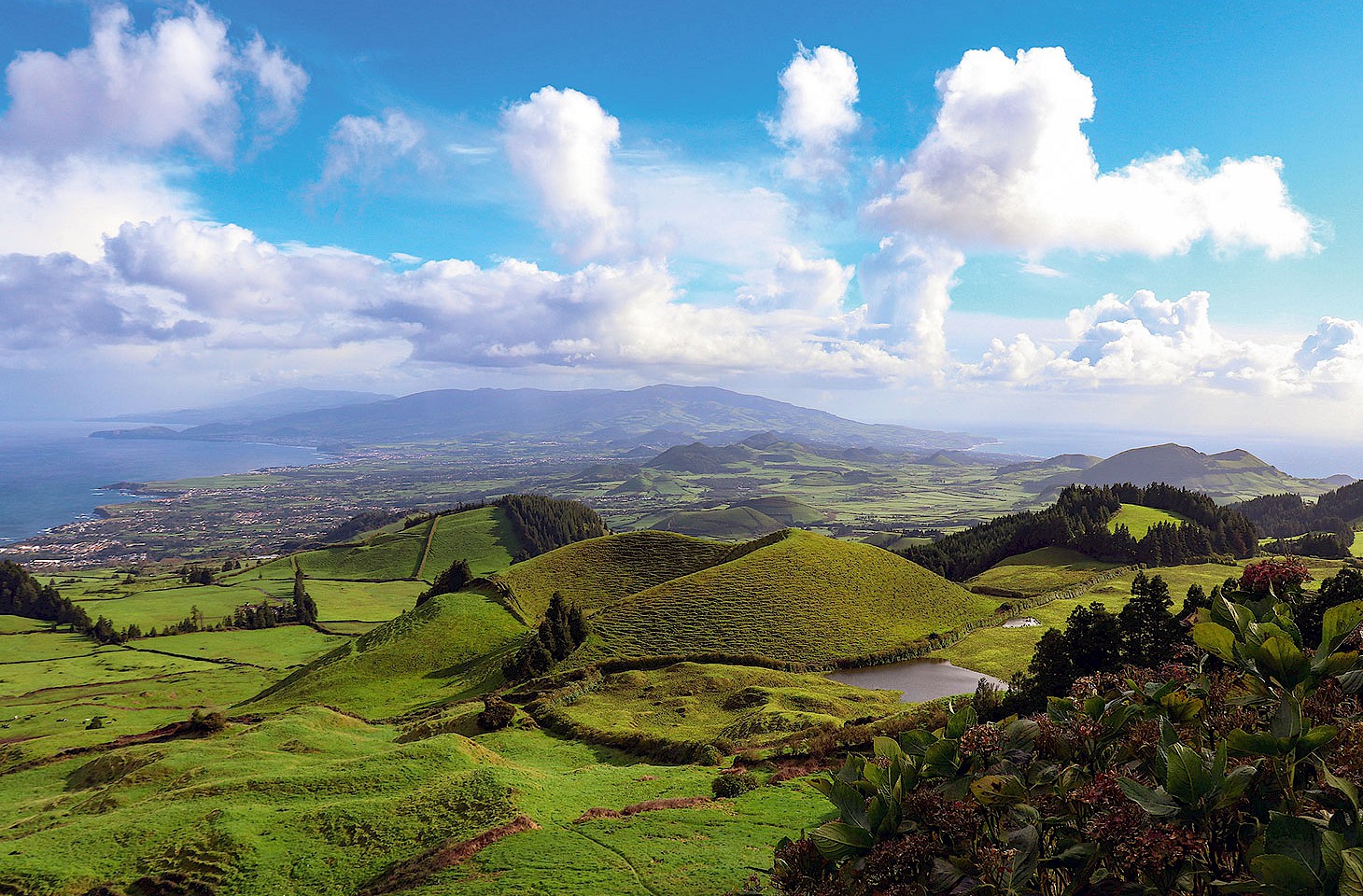Dear fellow travellers
This autumn marks the 150th anniversary of the final incorporation of almost the entire remaining territory of the papal states into unified Italy.
That sesquicentennial has prompted us to dig out a papal encyclical letter of June 1859 from Pope Pius IX which explains the creation of the papal states as follows:
From a papal encyclical letter from Pope Pius IX (1859)“By a decidedly singular counsel of Divine Providence it happened that when the Roman Empire fell and was divided into several kingdoms, the Roman Pontiffs […] acquired a civil kingdom.”
The emergence in the eighth century of the papal states in parts of Italy and beyond heralded a geopolitical oddity which survived for over 1000 years, and of which there is the faintest echo in the current status of Vatican City - which, with a territory of just 49 hectares, is the world’s smallest country.
Most of the papal territory was in Italy. But, for 500 years from the late 13th century, the stato pontificio also held a great swathe of territory on the left bank of the River Rhône in southern France. This included Avignon, of course, and the wider Comtat Venaissin, which extended from Valréas in the north to Cavaillon in the south. These lands were ceded to France after the French Revolution.
On the Italian Peninsula, the region governed directly from the Vatican extended in its heyday from the Po Valley in the north to well south of Rome. When Pope Pius IX released that 1859 encyclical, his sovereign power stretched from Ferrara to Frosinone, from Ancona on the Adriatic Coast of Italy across to the port of Civitavecchia on the Tyrrhenian Sea. The area was effectively split into five provinces, which were called legations. Each one was governed by a cardinal.
The process of Italian unification - called the Risorgimento - led to a prolonged struggle between Garibaldi and the papacy which culminated in the papal states being absorbed into newly unified Italy. There’s hardly an Italian town or city which doesn’t have a Via XX Settembre, recalling the events of 20 September 1870 when the papal garrison was overwhelmed as the Italian army entered Rome.
Turin, and then from 1865 Florence, had served as the Italian capital. In 1871, Rome was recognized as the capital of Italy. The disappearance of the papal states from the map of Italy was of course resisted by the Vatican which for decades refused to recognise the definitive loss of secular power beyond the bounds of the Vatican. Until 1929, the Church authorities were effectively confined to the Vatican, but in that year an agreement known as the Lateran Treaty gave the popes sway over that very limited parcel of land which we know today as Vatican City - on the firm understanding that the papacy would restrict any global aspirations to the spiritual realm.
But to what extent can the Vatican really be considered an independent country? Of course it has the trappings of statehood. But many would argue that it is a quaint anachronism, possibly even less legitimate than San Marino which is the only other territory in Italy which slipped out of the net of Italian unification. There’s a growing body of legal opinion, well articulated in a recent article by John R Morss who argues that “Either the responsibilities that go with statehood must be fully embraced or the immunities that go with statehood must be fully relinquished.” Morss suggests that the second would be the happier resolution, as he calls on Pope Francis to make “an appropriately Franciscan gesture of humility.”
We suspect that’s not going to happen any time soon and the Holy See will retain its status as a sovereign state for a long time to come. And all the evidence is that even those who have little patience for Catholicism still relish a chance to visit the world’s smallest country.
Nicky Gardner and Susanne Kries
(editors, hidden europe magazine)




